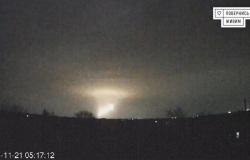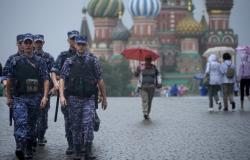It is November 10, 1922, in the Bruges station where an ardent chapel has been set up. Five identical coffins containing the remains of soldiers, who fell on the field of honor in Liège, Namur and Antwerp as well as in the trenches of the Yser and in the plains of Flanders, were placed there. Rowed side by side, they are covered with the national flag. It was then that a war blind man came forward, guided by the Minister of Defense. He touches each of the coffins before designating one with a laurel wreath tied with a tricolor ribbon. The coffin of the Unknown Soldier is then placed in a mahogany sarcophagus. The four others are solemnly buried in the Bruges cemetery. The next day, a special train took the soldier to Brussels. The sarcophagus will be placed on a cannon carriage pulled by six horses. A long procession forms and heads towards the Guest: Stéphanie Claisse, doctor in contemporary history. Author of “From the Unknown Soldier to the Belgian memorials of the 14-18 war”, ed. of the Academy. Subjects covered: Soldier, unknown, Unknown soldier, coffins, First
Belgium






